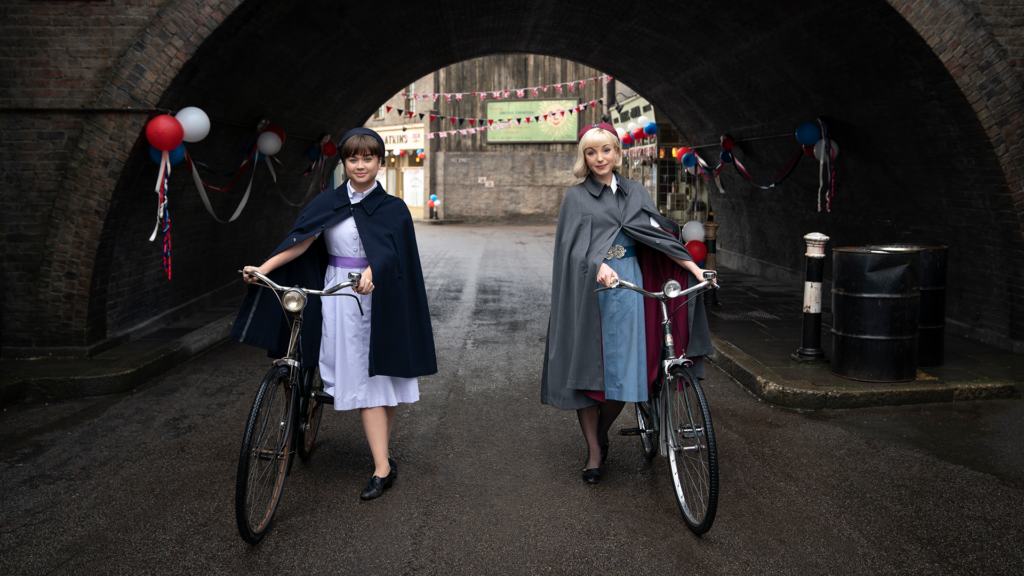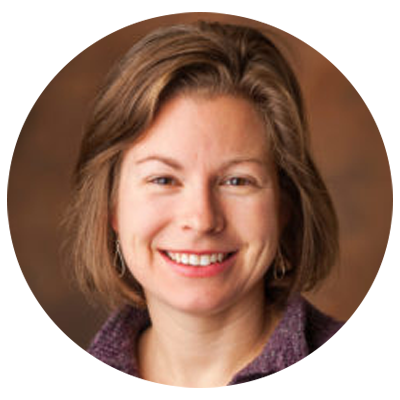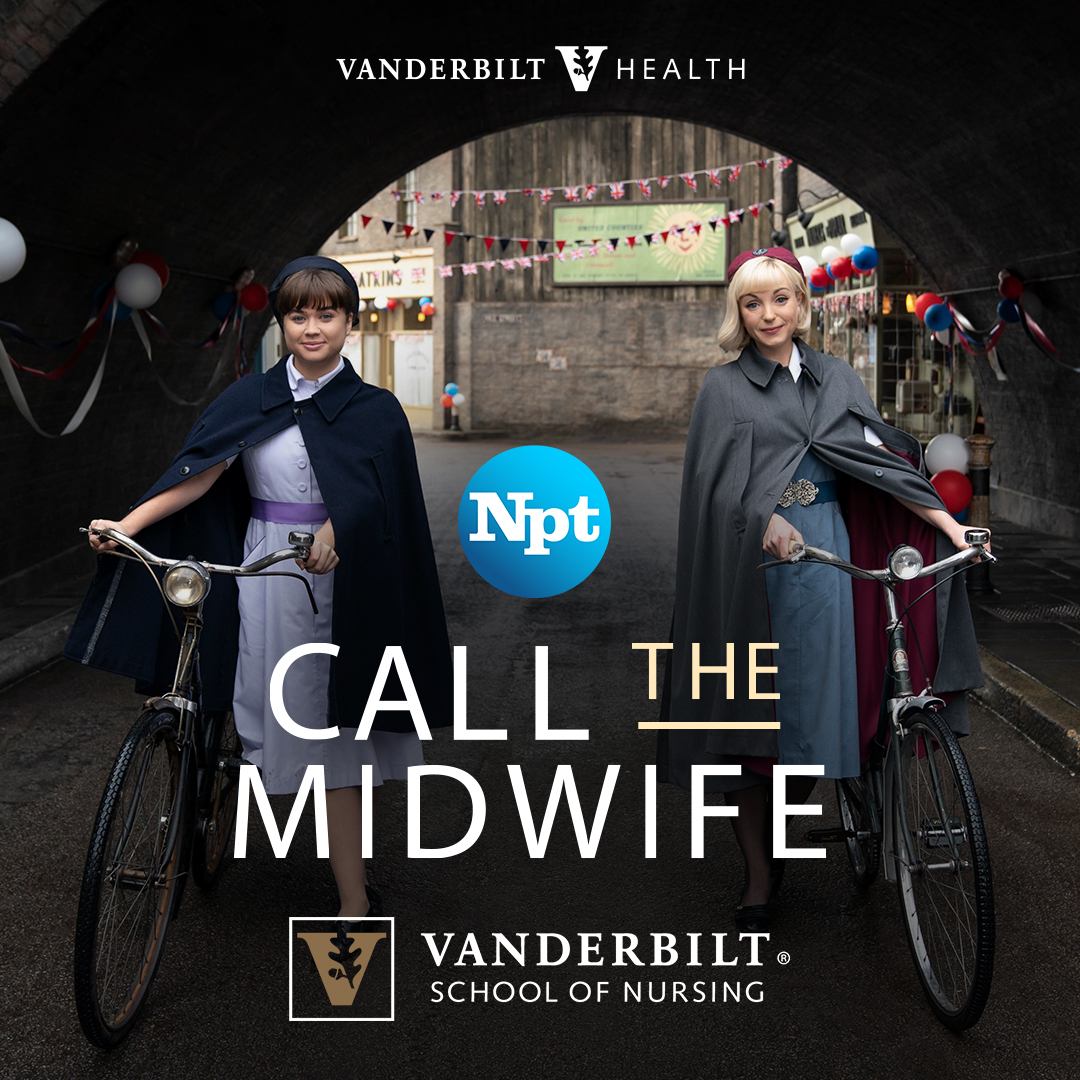
Call the Midwife is back for its 10th season and so are the faculty of the Vanderbilt University School of Nursing to provide historical and contemporary context in a weekly recap blog. Watch the show Sundays at 7 p.m. through Nov. 14. Each new episode will be available to stream for free from its broadcast premiere through Dec. 21. A 10th anniversary retrospective airs Nov. 21 at 8 p.m. SPOILER ALERT: Some posts may contain plot details.
This was a difficult episode to watch and it has been hard to write about. As happy World Cup fever sweeps the East End and romance blooms between Midwife Lucille and Cyril, the central plotline of this episode is ugly and heartbreaking. At first the story reads like a medical mystery: A local teen moves to London to become a hotel bellboy, comes home fiercely sick with an infected pilonidal cyst, and is tended to by the Nonnatus House team and Dr. Turner. Medical mystery solved!
Not so fast: The teen’s hospital stay reveals more about his London life. Nurse Phyllis and Dr. Turner discover that Michael is exchanging sex with men for money, identifies as “homosexual,” and feels both shame and clarity about his desires. He comes out to his family with grief all around, then suffers through aversion therapy. As the episode, ends Michael reconciles with his parents – thanks in part to Dr. Turner – and we can imagine a life for him beyond exploitation, shame and secrecy.
As I watched this storyline unfold, I assumed Dr. Turner’s unambiguous support of this young gay man was an anachronism. But some quick Google research proved me wrong: In 1966 Great Britain there was a growing understanding of sexual identity and support for LGBTQ people, particularly among psychiatrists. In 1967, legislators achieved some legal progress for LGBTQ Brits; the Sexual Offences Act made it legal for adults to have private consensual sexual relationships. Just a few years later across the pond, 1969’s New York City Stonewall Riots launched the American gay rights movement. As we watch Michael’s story in this episode, we’re also watching as gay and lesbian history unfolds.
On the other hand, aspects of this plotline may seem like a relic of the past, but much of it holds true for LGBTQ people in our current health care system. And Dr. Turner’s example is a good one for this modern-day clinician. LGBTQ people have higher rates of chronic disease and subpar health care, in part because of the bias they encounter when seeking health care – and that includes visits to the midwife.
It’s rare that a physical symptom reveals a person’s sexual identity or behavior, the way Michael’s did. We open communication instead by providing affirming, supportive care. We create a welcoming environment, avoid assumptions and loaded language, take a careful sexual history, ensure confidentiality.
I’m happy to work at a university hospital that is actively, visibly working to remedy the health disparities affecting LGBTQ people. Over and over again it has been named a Leader in LGBTQ Healthcare Equality by the Human Rights Campaign Healthcare Equality Index (HEI), in part because of the way patients are treated and providers are prepared. Our Program for LGBTQ Health trains new doctors and nurses to care for young people like Michael. Vanderbilt’s student midwives, nurse practitioners, and physicians can even complete a certificate in LGBTQ health, preparing them to promote and advance LGBT health both in the clinic and in research.
Fifty-five years after fictional Michael’s struggles, the story is brighter for young LGBTQ people seeking health care.

Kate Virostko, MSN, CNM, is a member of the Vanderbilt Nurse-Midwives & Primary Care for Women at Melrose, the clinical practice of the Vanderbilt University School of Nursing.
